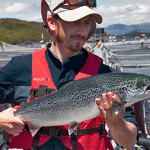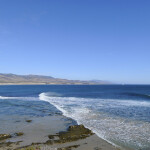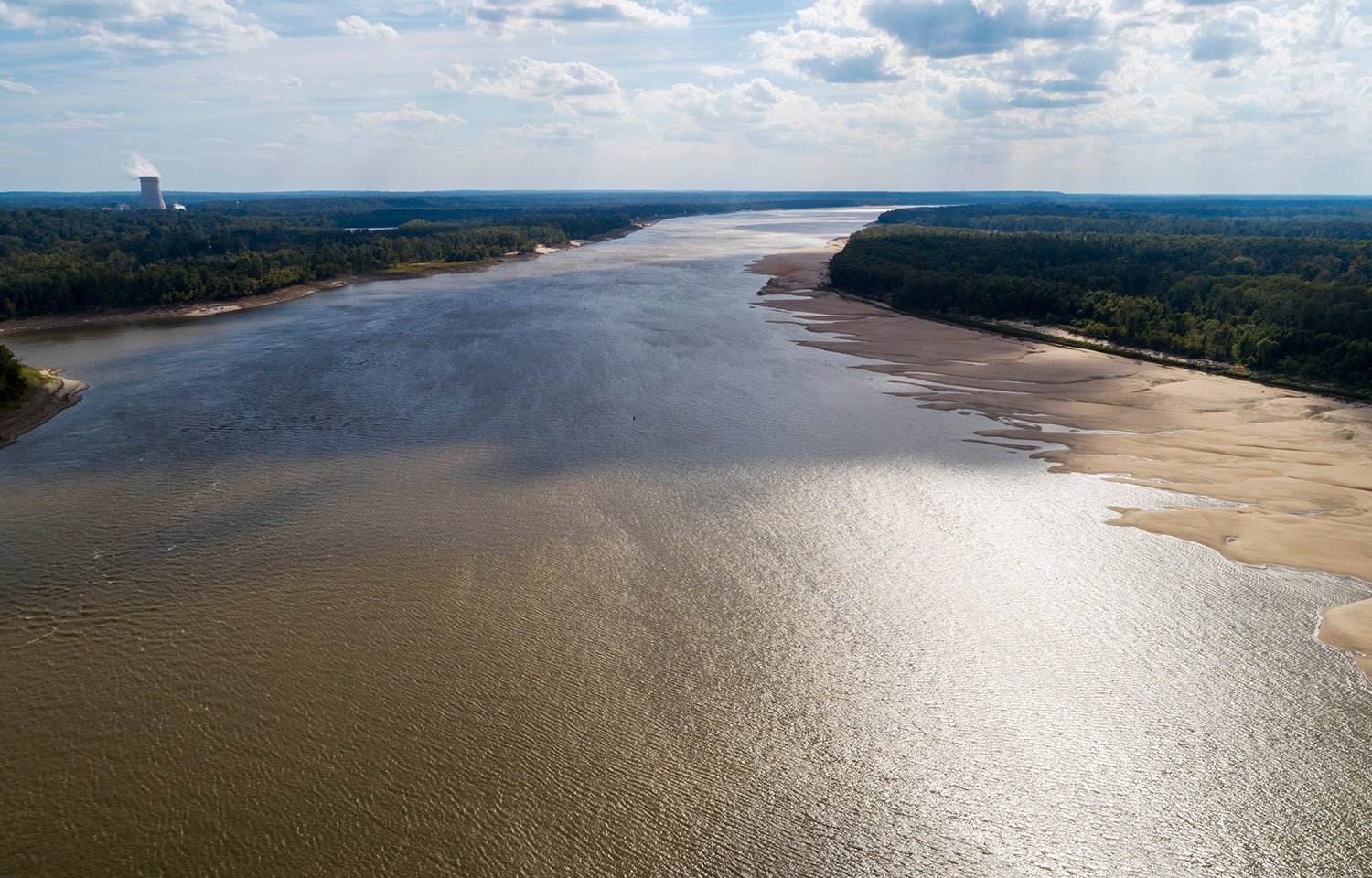Following NOAA predictions earlier this summer that the "dead zone" in the Gulf of Mexico would be larger than average, scientists have now confirmed that those predictions have come true.
Created by excess nutrient pollution along the Mississippi-Atchafalaya watershed, the dead zone in the gulf is a hypoxic area roughly the size of the U.S. state of Connecticut. The low oxygen levels within the area are deadly to fish.
NOAA has been measuring the shifting dead zone for 38 years to see how various factors affect its size and provide forecasts that can help fishermen.
“It's critical that we measure this region's hypoxia as an indicator of ocean health, particularly under a changing climate and potential intensification of storms and increases in precipitation and runoff,” NOAA National Ocean Service Assistant Administrator Nicole LeBoeuf said. “The benefit of this long-term data set is that it helps decision-makers as they adjust their strategies to reduce the dead zone and manage impacts to coastal resources and communities.”
A July survey conducted by scientists from Louisiana State University and the Louisiana Universities Marine Consortium (LUMCON) estimated the size of the dead zone at 6,705 square miles – the 12th largest zone recorded.
“The area of bottom-water hypoxia was larger than predicted by the Mississippi River discharge and nitrogen load for 2024 but within the range experienced over the nearly four decades that this research cruise has been conducted,” Louisiana State University Professor Nancy Rabalais said. “We continue to be surprised each summer at the variability in size and distribution.”
The U.S. government is working to reduce the dead zone. The Interagency Mississippi River and Gulf of Mexico Hypoxia Task Force was established with a goal of shrinking the hypoxic area to 1,900 square miles by 2035. Following the July survey, the five-year average size of the dead zone is more than twice as large as that 2035 target.
“The Environmental Protection Agency [EPA] is committed to its partnership with state and local governments and Tribes in the Mississippi-Atchafalaya River Basin, working together to reduce nutrient pollution and protect the health of the Gulf,” EPA Acting Assistant Administrator Bruno Pigott said. “In fact, thanks to President Biden’s Bipartisan Infrastructure Law, EPA is investing USD 60 million [EUR 54.9 million] into this effort.”








